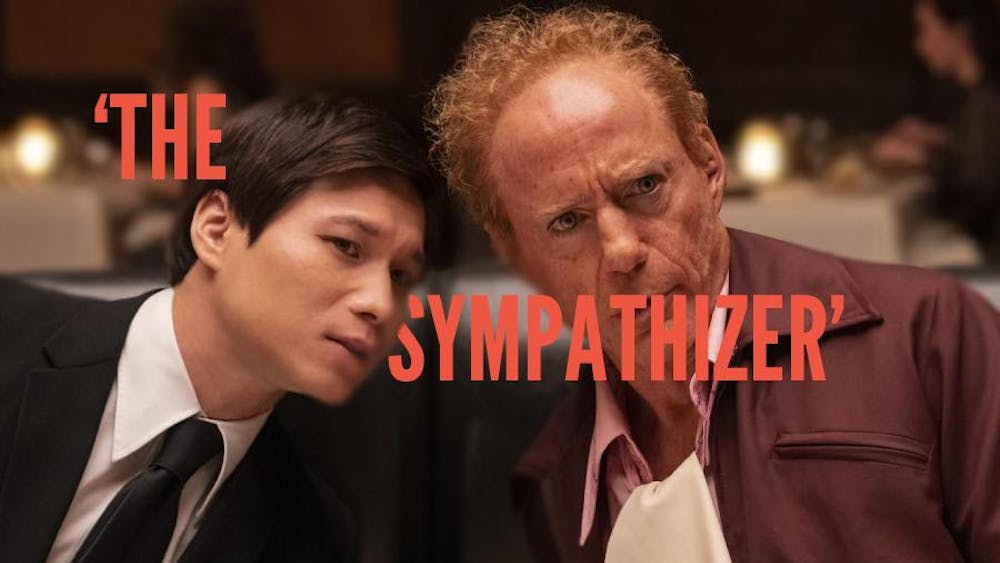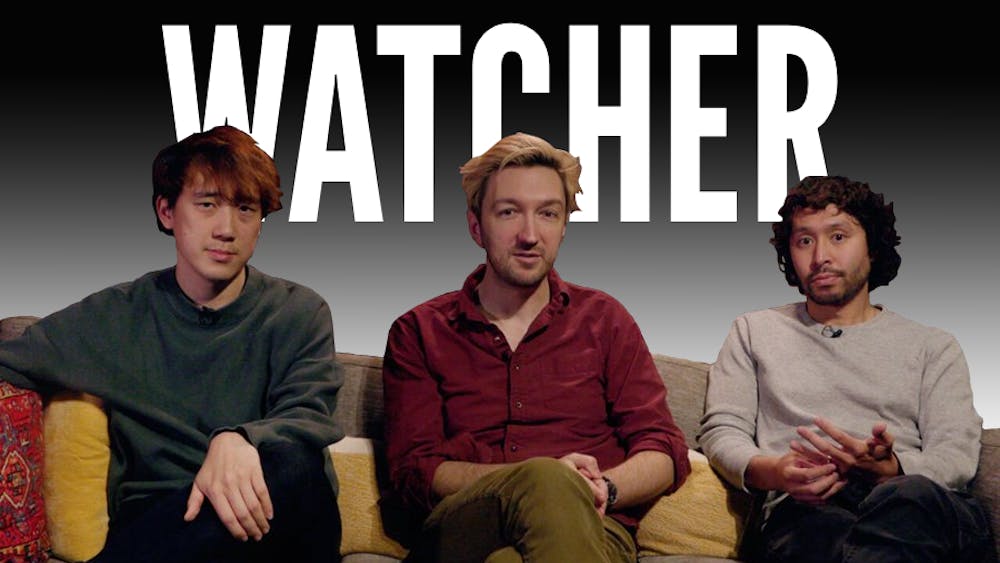
“I’m making a documentary about Dylan’s case? Like Serial?” Peter, the series’ student documentarian, says to a lawyer over the phone.
The lawyer takes a resigned breath. “That’s a terrible idea.” Thankfully, “American Vandal” is anything but.
Netflix’s new true-crime mockumentary follows Peter as he strives to uncover the truth of who vandalized 27 cars at Hanover High, seeking to clear the name of the school board’s hastily-convicted suspect, Dylan Maxwell. Through the investigation, Peter destroys friendships, endangers his own academic record and uncovers teacher misconduct. Snaking through different cliques, exposing closely-held secrets and following any lead to establish credibility, “American Vandal” is not only a pitch-perfect parody of the recent true-crime phenomenon but also a surprisingly insightful commentary on high school, incisively exploring the teenage psyche with all its contradictions and hormonal angst.
On the surface level, “American Vandal” succeeds as a parody of the true-crime genre, specifically taking aim at series like “Making a Murderer” and “The Jinx” and podcasts such as the aforementioned “Serial.” While “American Vandal,” produced by veterans of the YouTube channel “Funny or Die,” does not slack with its humor, the true accomplishment is its expert mimicry. By transplanting the crime to a high school, “American Vandal” dials down the stakes enough to provoke laughter but not enough to erase all interest, a tightrope walk it pulls off more often than not. Aping the documentary style of “Making a Murderer,” the series luxuriates in every small detail and every unexpected coincidence, so much so that the pace slackens in spots. The episodes, ranging from 35 to 40 minutes, tend to drag under the typical streaming series bloat, but as the story progresses, the surprisingly compelling story erases most worries. Evoking real concern for the expulsion of a proven high school burnout is no easy task; to do so through a hilariously overblown case of vandalism is almost unbelievable.
However, “American Vandal” truly surprises with its astonishing insight into high school social systems and how they intersect so beautifully with the true-crime genre. The gossip, rumors and deep investigation of “Serial” translate gleefully well to an adolescent milieu, threading every relationship with secrets and unknown half-truths. The show also effectively utilizes social media, ranging from Instagram to Snapchat, to recreate situations and provide alibis, revealing perhaps the best and most realistic representation of social media in high school life. Peter and his friend Sam pore over texts, which, in one hilarious scene, involves deciphering what the extra “y” in “heyy” could possibly mean. When the documentary goes viral within the series, Peter and Sam discover infamy, resulting in administrative discipline and a response to #FreeDylan, not unlike audience response to “Making a Murderer.” Moreover, the sprawling cast and reach of true-crime meets its match in a California public school, replete with distinctive cliques and faculty gossip. The future, often a worry of true-crime subjects after exoneration, remains a fixture here, as students worry about college or relationships.
Perhaps what holds “American Vandal” together in all its weird, incongruous glory is its stealthy heart. No matter the subject, “American Vandal” clearly possesses much affection for its strange cast of confused characters, none more than Dylan Maxwell. As the subject of Peter’s documentary, he weathers through every ordeal with an unflappable, usually stoned, demeanor, seemingly unfazed by everything. However, as the series progresses, the audience peers behind Dylan’s façade, revealing a much more melancholy character who conforms to society’s expectations of him. In the first episode, Peter tells Dylan, “Please state your name and who you are.” Dylan responds, “My name is Dylan Maxwell, and I … well, I’m Dylan. Who am I? That’s a stupid question.” The adolescent search for identity, for friendship, for some sense of self-worth, largely hides in the background yet still informs every teenage portrayal in the series, and “American Vandal” captures this hormonal confusion shockingly well.
“I know it sounds dumb,” Peter says about one of his theories, “but is it just stupid enough to work?” Far from it, “American Vandal,” through its intense love for its character and environment, crafts an effective and surprisingly moving story of adolescent confusion, thrown in with a thousand off-color jokes to provide authenticity to its adolescent male characters. Can this be the next “undiscovered gem” of the Netflix catalogue? We can only hope.













